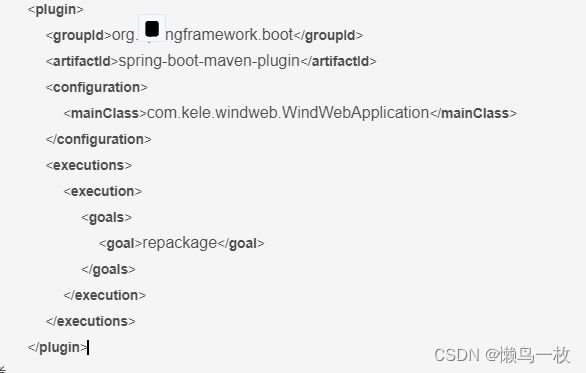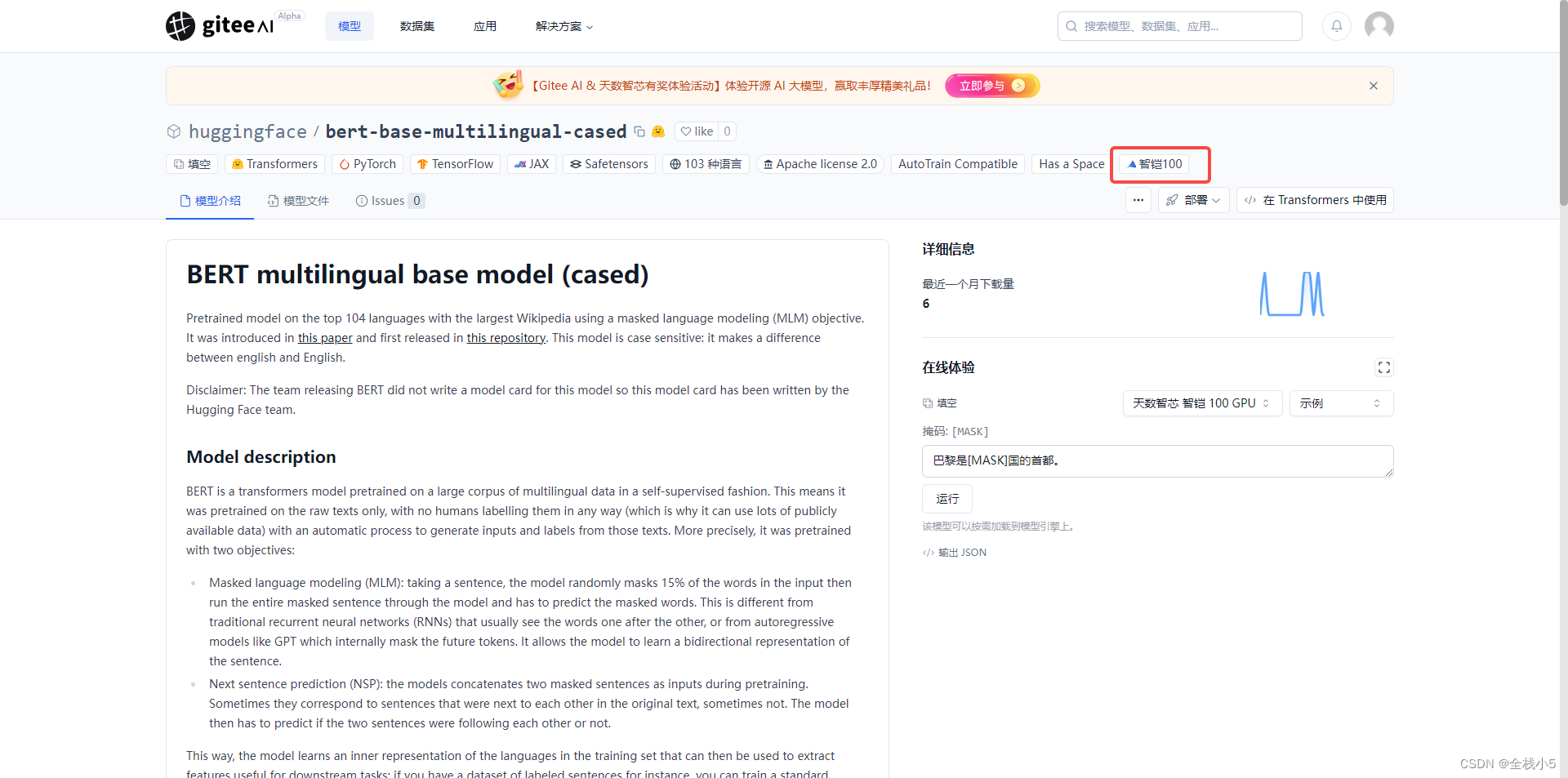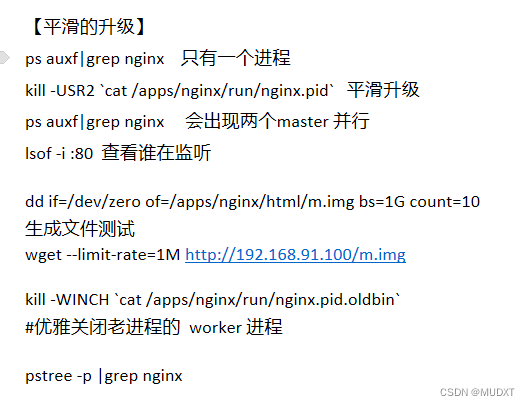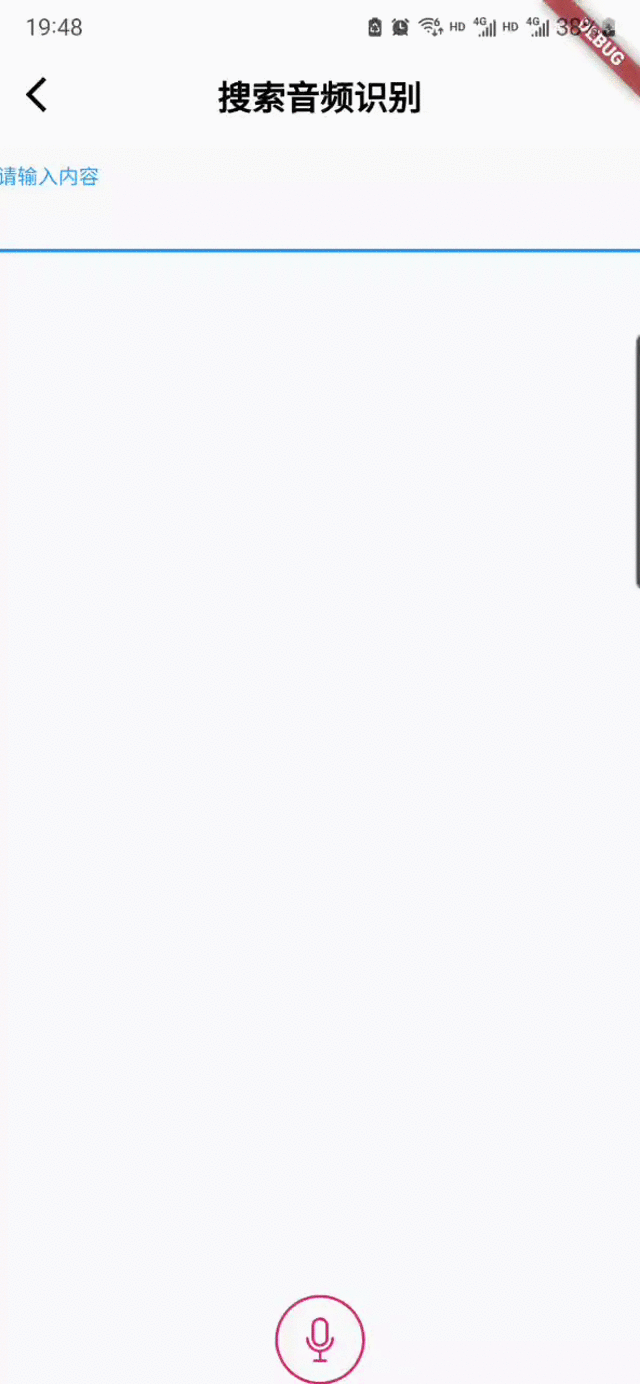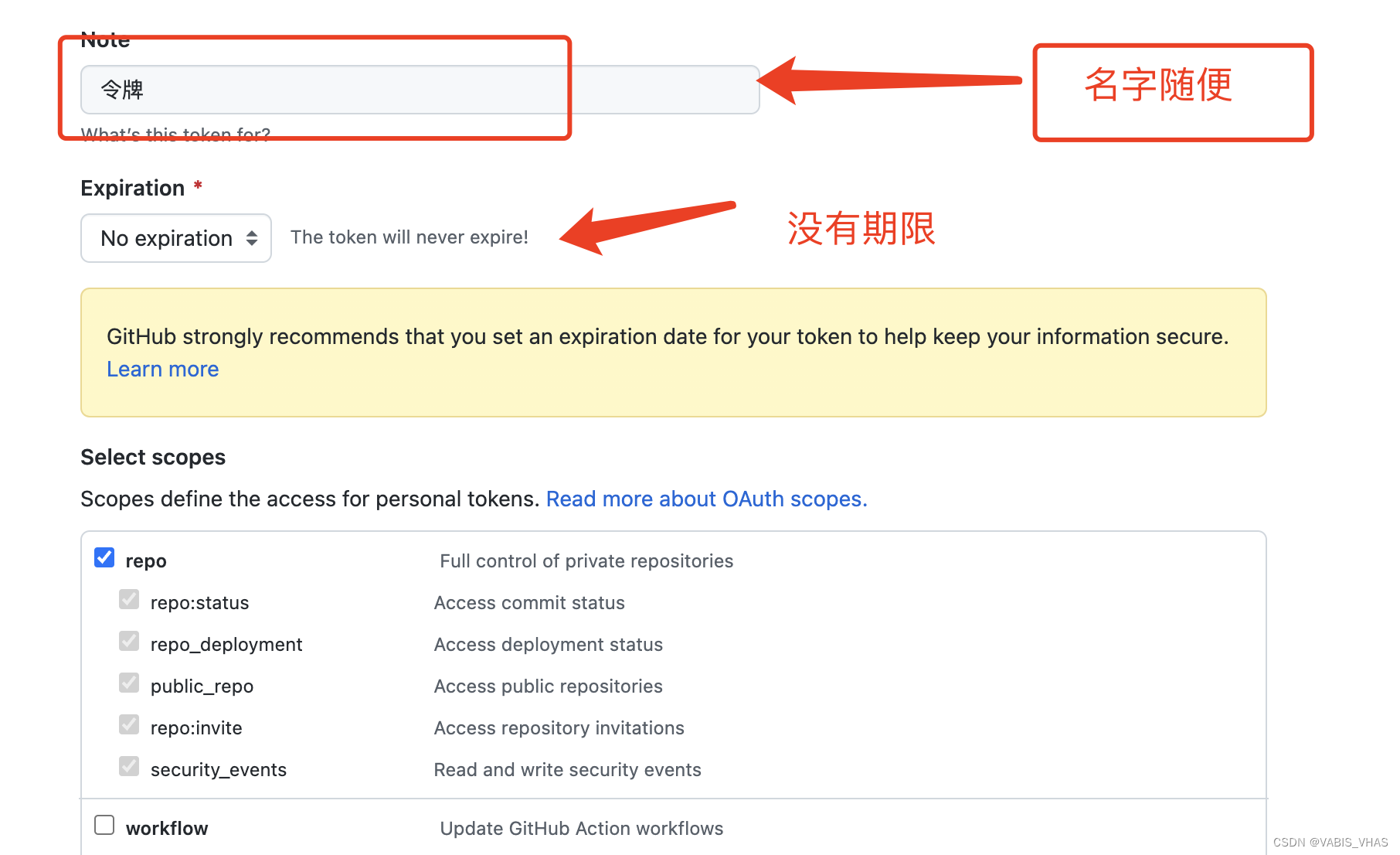画世界pro里的画笔功能很炫酷
其画笔配置可以调节流量,密度,色相,饱和度,亮度等。
他的大部分画笔应该是通过一个笔头图片在触摸轨迹上匀速绘制的原理。
这里提供一个匀速贝塞尔的kotlin实现:
class EvenBezier {
private var lastControlPoint: ControllerPoint? = null
private var filterWeight = 0.5
private var filterWeightInverse = 1 - filterWeight
// 偏移量
var stepOffset = 0.0
// 间距
var stepInterval = 5.0
private val cValue = 0.33
private val cValue2 = 0.1666
private val cValue3 = 0.66
private val curRawStroke = arrayListOf<ControllerPoint>()
private val curRawSampledStroke = arrayListOf<ControllerPoint>()
private val curFilteredStroke = arrayListOf<ControllerPoint>()
fun begin(point: ControllerPoint): List<ControllerPoint> {
curRawStroke.clear()
curRawSampledStroke.clear()
curFilteredStroke.clear()
lastControlPoint = point
stepOffset = stepInterval
return extStroke(point)
}
fun extStroke(point: ControllerPoint): List<ControllerPoint> {
val stepPoints = arrayListOf<ControllerPoint>()
curRawStroke.add(point)
curRawSampledStroke.add(point)
val size = curRawStroke.size
if (size >= 3) {
val fPoint = calFilteredPoint(
curRawSampledStroke[size-3],
curRawSampledStroke[size-2],
curRawSampledStroke[size-1],
)
curFilteredStroke.add(fPoint)
}
val filteredSize = curFilteredStroke.size
if (filteredSize >= 3) {
val list = createBezier(
curFilteredStroke[filteredSize - 3],
curFilteredStroke[filteredSize - 2],
curFilteredStroke[filteredSize - 1],
)
stepPoints.addAll(list)
}
return stepPoints
}
private fun calFilteredPoint(p1: ControllerPoint, p2: ControllerPoint, p3: ControllerPoint): ControllerPoint {
val m = p1.getMidPoint(p3)
return ControllerPoint(
(filterWeight * p2.x + filterWeightInverse * m.x).toFloat(),
(filterWeight * p2.y + filterWeightInverse * m.y).toFloat(),
(filterWeight * p2.p + filterWeightInverse * m.p).toFloat(),
)
}
fun endStroke(point: ControllerPoint): List<ControllerPoint> {
LogUtils.d("endStroke--->")
val stepPoints = arrayListOf<ControllerPoint>()
curRawStroke.add(point)
curRawSampledStroke.add(point)
val size = curRawSampledStroke.size
if (size >= 3) {
val fPoint = calFilteredPoint(
curRawSampledStroke[size-3],
curRawSampledStroke[size-2],
curRawSampledStroke[size-1],
)
curFilteredStroke.add(fPoint)
} else {
LogUtils.d("sample size: $size")
}
val filteredSize = curFilteredStroke.size
if (filteredSize >=3) {
val list = createBezier(
curFilteredStroke[filteredSize - 3],
curFilteredStroke[filteredSize - 2],
curFilteredStroke[filteredSize - 1],
)
stepPoints.addAll(list)
} else {
LogUtils.d("sample filteredSize: $filteredSize")
}
curRawStroke.add(point)
curRawSampledStroke.add(point)
val size1 = curRawSampledStroke.size
if (size1 >= 3) {
val fPoint = calFilteredPoint(
curRawSampledStroke[size1-3],
curRawSampledStroke[size1-2],
curRawSampledStroke[size1-1],
)
curFilteredStroke.add(fPoint)
} else {
LogUtils.d("sample size1: $size1")
}
val filteredSize1 = curFilteredStroke.size
if (filteredSize1 >=3) {
val list = createBezier(
curFilteredStroke[filteredSize1 - 3],
curFilteredStroke[filteredSize1 - 2],
curFilteredStroke[filteredSize1 - 1],
)
stepPoints.addAll(list)
} else {
LogUtils.d("sample filteredSize1: $filteredSize1")
}
return stepPoints
}
private fun createBezier(pt0: ControllerPoint, pt1: ControllerPoint,
pt2: ControllerPoint? = null): List<ControllerPoint> {
val p0 = pt0
val p3 = pt1
val p0_x = p0.x
val p0_y = p0.y
val p0_p = p0.p
val p3_x = p3.x
val p3_y = p3.y
val p3_p = p3.p
val p1: ControllerPoint
if (lastControlPoint == null) {
p1 = ControllerPoint(
(p0_x + (p3_x - p0_x)*cValue).toFloat(),
(p0_y + (p3_y - p0_y)*cValue).toFloat(),
(p0_p + (p3_p - p0_p)*cValue).toFloat(),
)
} else {
p1 = lastControlPoint!!.getMirroredPoint(p0)
}
var p2: ControllerPoint
if (pt2 != null) {
p2 = ControllerPoint(
(p3_x - (((p3_x - p0_x) + (pt2.x - p3_x)) * cValue2)).toFloat(),
(p3_y - (((p3_y - p0_y) + (pt2.y - p3_y)) * cValue2)).toFloat(),
(p3_p - (((p3_p - p0_p) + (pt2.p - p3_p)) * cValue2)).toFloat()
)
} else {
p2 = ControllerPoint(
(p0_x + (p3_x - p0_x) * cValue3).toFloat(),
(p0_y + (p3_y - p0_y) * cValue3).toFloat(),
(p0_p + (p3_p - p0_p) * cValue3).toFloat()
)
}
lastControlPoint = p2
return calStepPoints(p0, p1, p2, p3)
}
private fun calStepPoints(p0: ControllerPoint, p1: ControllerPoint, p2: ControllerPoint,
p3: ControllerPoint): List<ControllerPoint> {
val stepPoints = arrayListOf<ControllerPoint>()
var i = stepInterval
// Value access
var p0_x = p0.x
var p0_y = p0.y
var p0_p = p0.p
// Algebraic conveniences, not geometric
var A_x = p3.x - 3 * p2.x + 3 * p1.x - p0_x
var A_y = p3.y - 3 * p2.y + 3 * p1.y - p0_y
var A_p = p3.p - 3 * p2.p + 3 * p1.p - p0_p
var B_x = 3 * p2.x - 6 * p1.x + 3 * p0_x
var B_y = 3 * p2.y - 6 * p1.y + 3 * p0_y
var B_p = 3 * p2.p - 6 * p1.p + 3 * p0_p
var C_x = 3 * p1.x - 3 * p0_x
var C_y = 3 * p1.y - 3 * p0_y
var C_p = 3 * p1.p - 3 * p0_p
var t = (i - stepOffset) / sqrt((C_x * C_x + C_y * C_y).toDouble())
while (t <= 1.0) {
// Point
var step_x = t * (t * (t * A_x + B_x) + C_x) + p0_x
var step_y = t * (t * (t * A_y + B_y) + C_y) + p0_y
var step_p = t * (t * (t * A_p + B_p) + C_p) + p0_p
stepPoints.add(ControllerPoint(
step_x.toFloat(),
step_y.toFloat(),
step_p.toFloat()
));
// Step distance until next one
var s_x = t * (t * 3 * A_x + 2 * B_x) + C_x // dx/dt
var s_y = t * (t * 3 * A_y + 2 * B_y) + C_y // dy/dt
var s = sqrt(s_x * s_x + s_y * s_y) // s = derivative in 2D space
var dt = i / s // i = interval / derivative in 2D
t += dt
}
if (stepPoints.size == 0) // We didn't step at all along this Bezier
stepOffset += p0.getDistance(p3)
else
stepOffset = stepPoints.last().getDistance(p3)
return stepPoints
}
}在画笔的onTouch里进行相应的调用即可。
private fun touchDown(e: MotionEvent) {
mBezier.stepInterval = getStepSpace()
mPointList.clear()
val list = mBezier.begin(ControllerPoint(e.x, e.y, getPressValue(e)))
mHWPointList.addAll(list)
}
private fun touchMove(e: MotionEvent) {
val list = mBezier.extStroke(ControllerPoint(e.x, e.y, getPressValue(e)))
mPointList.addAll(list)
}
private fun touchUp(e: MotionEvent) {
val list = mBezier.endStroke(ControllerPoint(e.x, e.y, getPressValue(e)))
mPointList.addAll(list)
}mPointList就是个匀速贝塞尔的点集合。getPressValue是获取当前点的按压力度,以更好实现笔的特效。
最终的匀速效果:

有瑕疵,点数太少时并不是匀速的。



